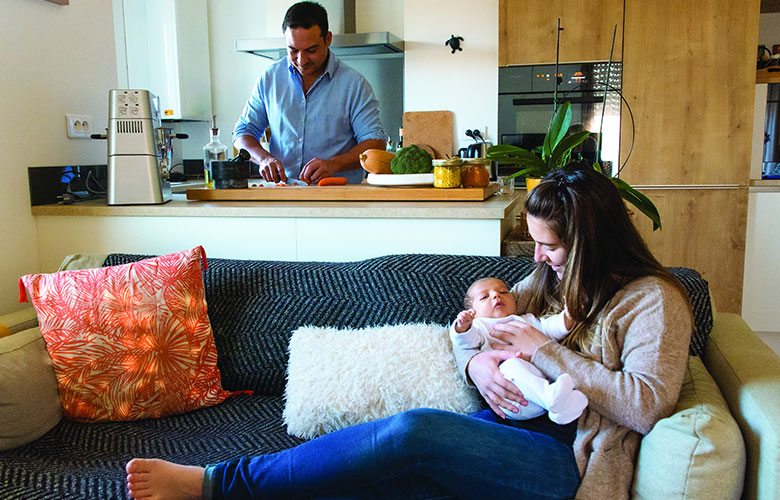Soon, you will look back on these early days as a new mom with pride and beam with joy at each of your baby’s milestones. It isn’t always easy, but you can do it!

It’s not always easy to ask family, friends or your partner for help or to tell them how you feel. But talking to them and getting their help can reduce your stress and anxiety. Consider joining a new mommy group in your community; talking to other women going through the same things can help you better know what to expect.








